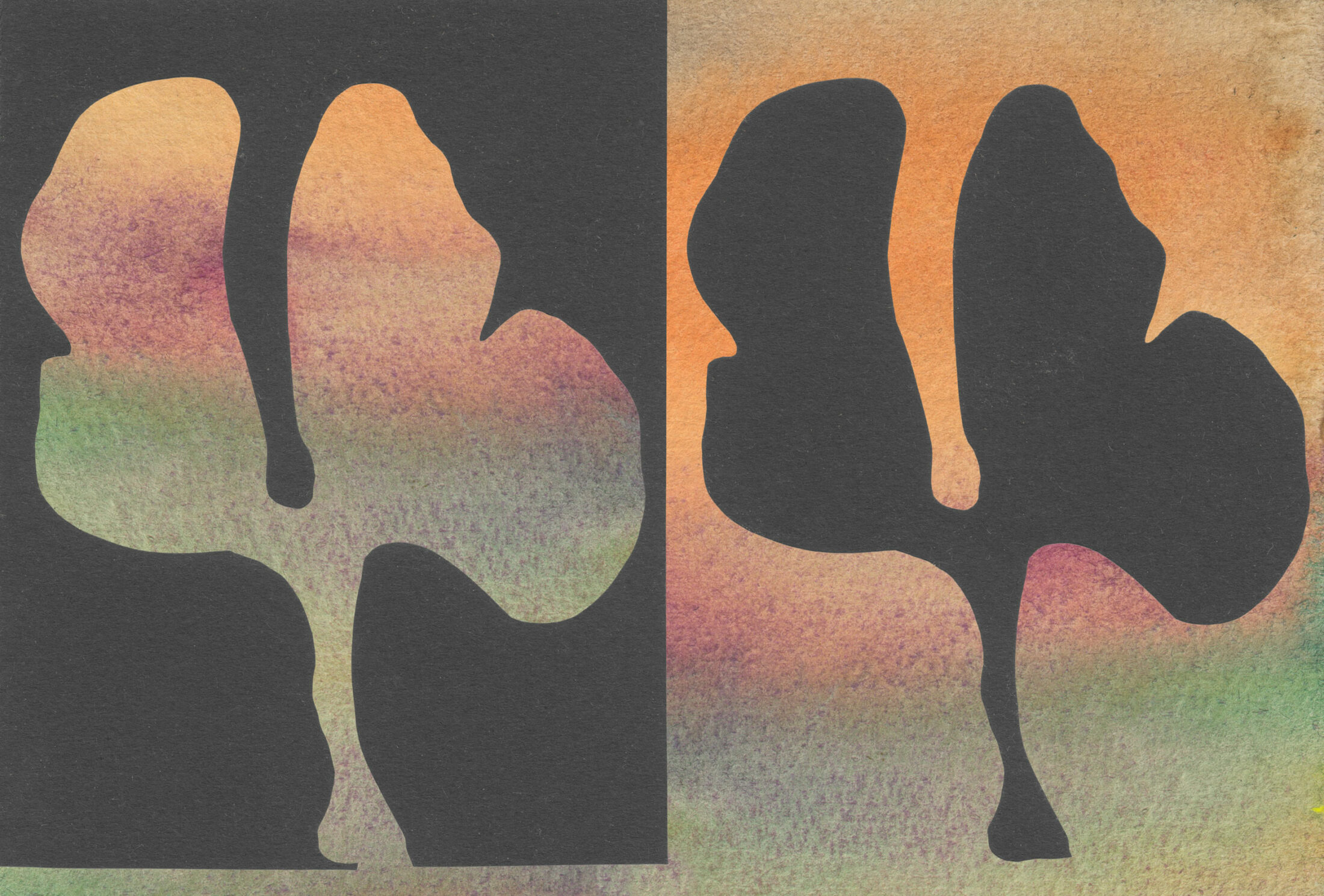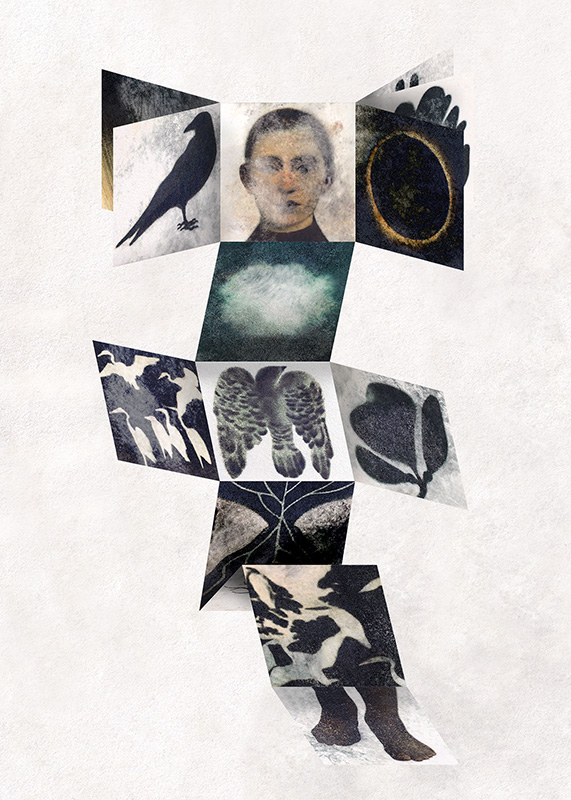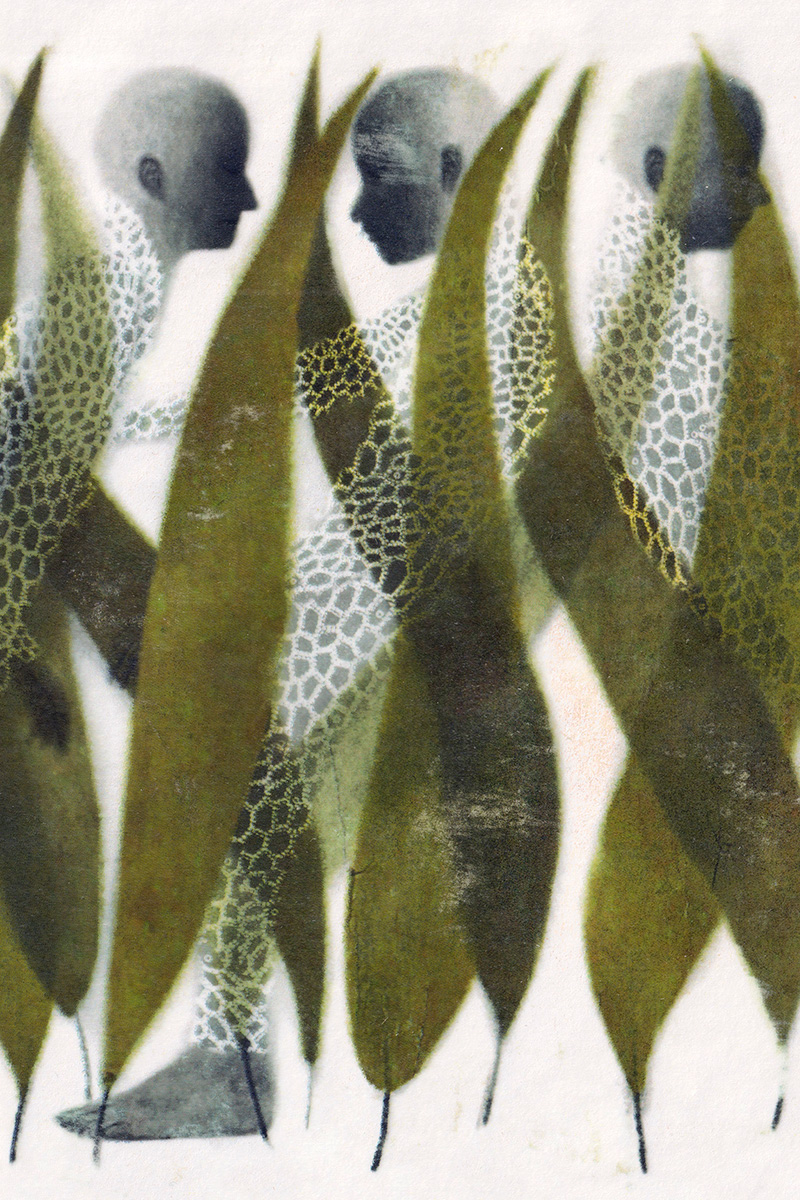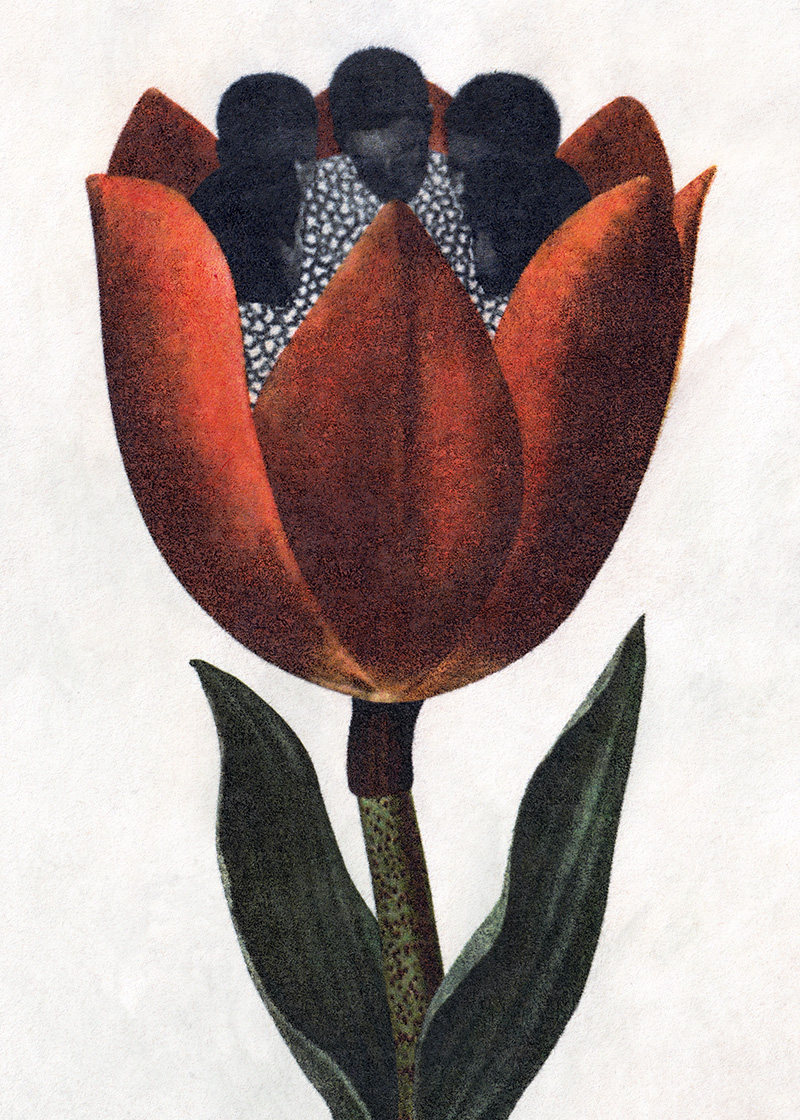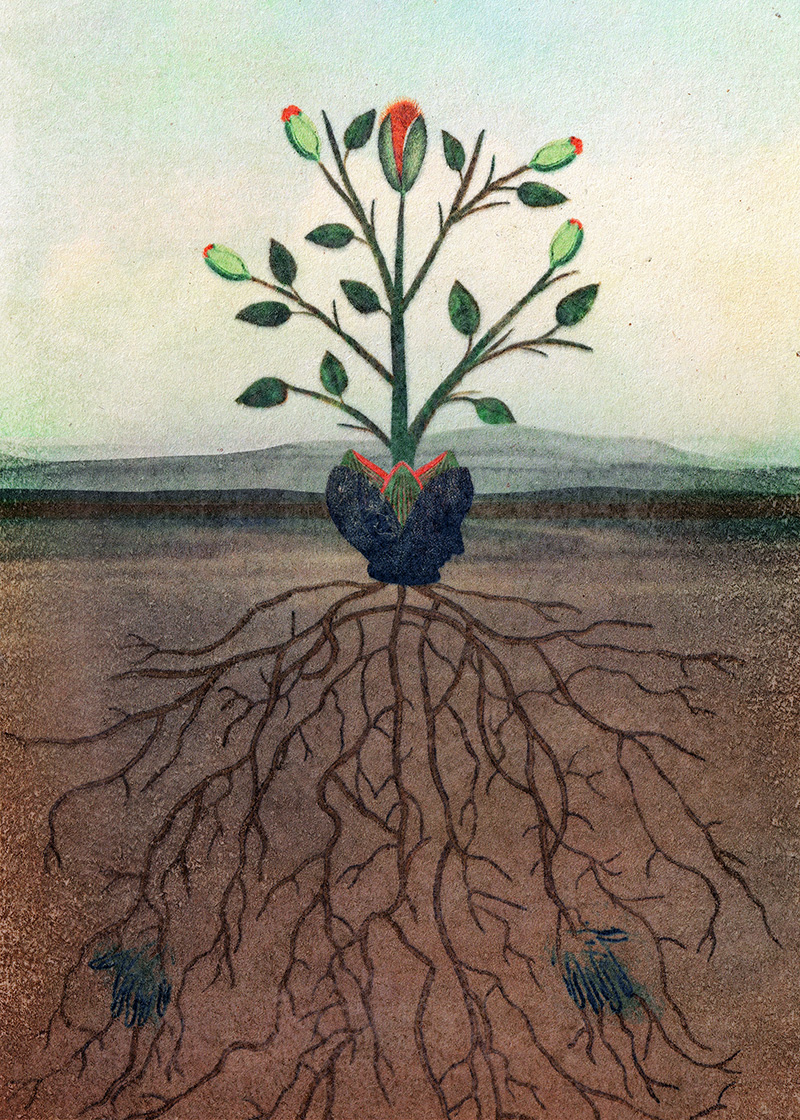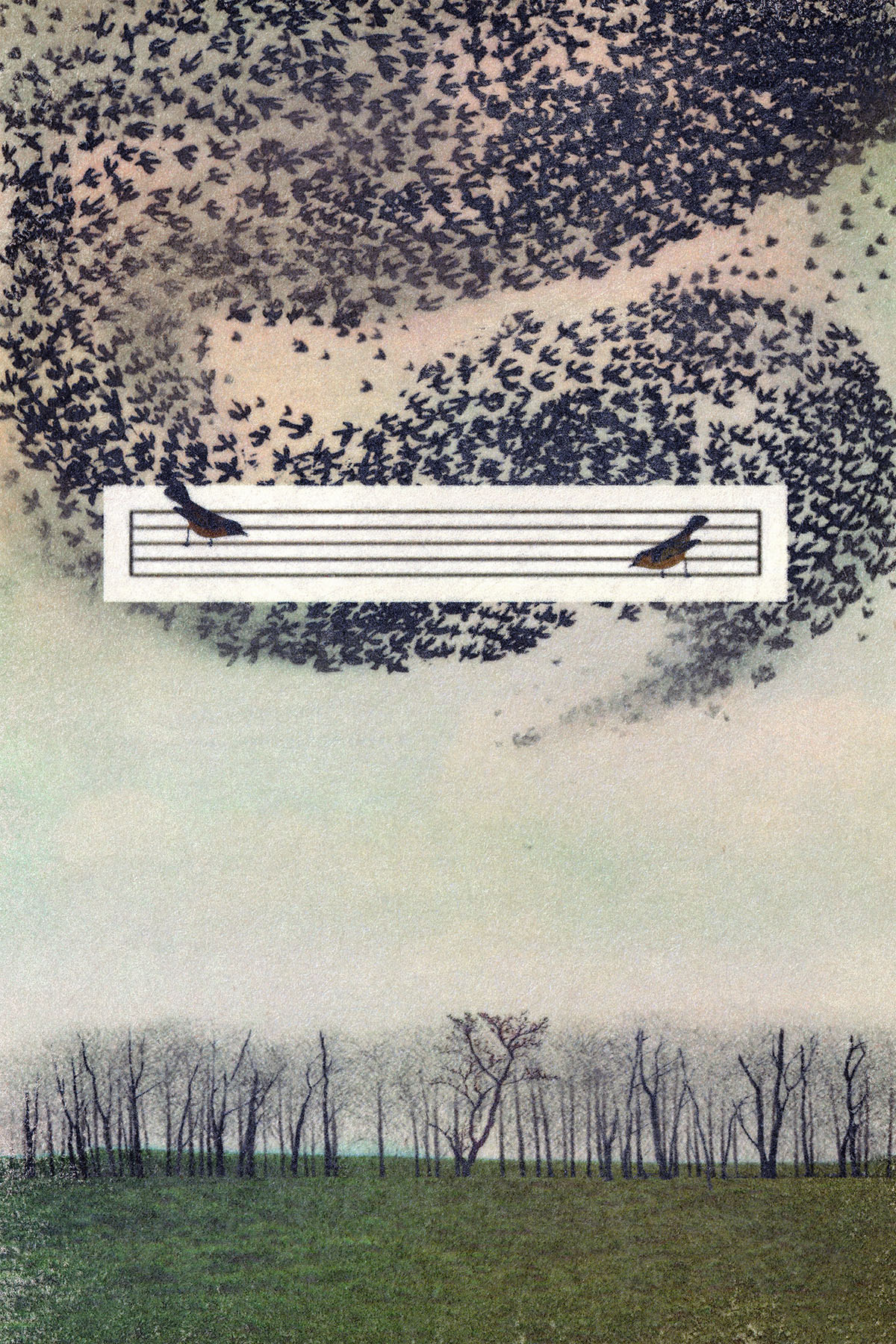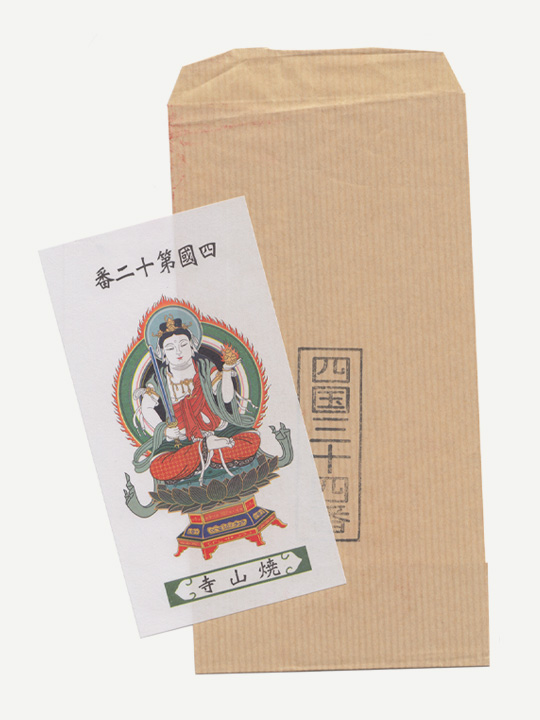The Aromas of Trees: Five Practices
by David G. Haskell
Aroma is the primary language of trees. They talk with molecules, conspiring with one another, beckoning fungi, scolding insects, and whispering to microbes. Aroma is also our primal tongue, a direct link to memory and emotion, an inheritance from the communicative networks that sustained the first animal cells. The receptors in our nasal passages are ready to listen. We have over one hundred different olfactory receptors, able to discern at least ten thousand odors. The English language is too meager to categorize this multiplicity, but our bodies know how to respond. Noses, though, need the help of conscious intention to put them in the right place.
As a child, my nose poked everywhere. Between the pages of a freshly printed newspaper, into the spice jars of the kitchen, over the goods at the fish market and cheesemonger’s, through steam from pots on the stove, and among the leaves of the garden. Later, grown older, I forgot to attend in this way. My eyes and ears asserted their self-proclaimed supremacy.
The rich, layered aroma of a ponderosa pine growing in the mountains of Colorado called me back. Sitting under its boughs, I reawakened to the delights of odor and the curiosity that comes from following my nose. I felt that the tree had flowed into me, lodging some of its stories in my body. Since then, tree aromas have been my teachers and guides.
Every tree offers us a wordless sensory experience, a connection that unites human bodies and consciousness to plants’ inner worlds. This encounter is reward enough. The particular aroma of a tree also contains stories, past and present. Our human aesthetic experience is a doorway to the trees’ inner worlds.
As you smell trees, try both a deep in-drawing of breath through the nostrils, then short, sharp sniffs. This changes the rate at which aromatic molecules hit your sensory cells: a slow caress or a vigorous rush. The combination opens aromatic layers of experience.





